.webp)
Will the Unitary Executive Swallow the Independent Judiciary?
Excessive judicial enthusiasm for the Unitary Executive Theory could lead to the total erosion of judicial independence as we know it.
The United States Constitution contains two broad classes of guarantees to prevent the loss of liberty to an overly aggressive federal government. The first includes a large number of substantive guarantees regarding speech, religion, property, and contracts. These are backed by procedural protections, including the Due Process Clause of the Fifth Amendment which states that no person shall be “deprived of life, liberty, or property, without due process of law,” which at a minimum requires a hearing before an impartial tribunal prior to imposing any sanction. The second set of protections are structural. Understanding them requires deep attention to the interactions among the Congress, the president, and the judiciary. On this matter, it is critical to revert to the warning of Alexander Hamilton, who in Federalist 78 said: “For I agree [with Montesquieu] that ‘there is no liberty, if the power of judging be not separated from the legislative and executive powers,’” and further that “The complete independence of the courts of justice is peculiarly essential in a limited constitution.”
The early vision of the Constitution embodied, at least as a first approximation, that vision when it sets out the Legislative Power in Article I, the Executive Power in Article II, and the Judicial Power in Article III. The simplest explanation here is that Congress passes the laws, the execution of which the Constitution assigns to “a” president of the United States whose charge is to “take care that the laws be faithfully executed,” after which one duty of the courts is to interpret these laws as applied in particular “cases and controversies”. But it would be a mistake to hastily conclude that these three branches of government are separate and distinct, for next to the principle of the separation of powers sits the principle of checks and balances, which requires at times, that each branch of government also ride herd on the others. For example, under the Appointments Clause of Article II, all principal appointments must be made after the president’s nomination and subject to the advice and consent of the Senate. Alternatively, Congress may vest the appointment of inferior officers, “as they think proper, in the President alone, in the Courts of Law, or in the Heads of Departments.”
It should be noted that this text does not say a single word about the removal from office of either of these principal or inferior officers. Thus, in the first Congress, there was an extensive, spirited, and somewhat inconclusive debate of the Decision of 1789, as to which of these various officers could be removed at the will of the president, or only with the approval of Congress, or in accordance with any condition on removal that Congress attached to the original grant. By 1926, in Myers v. United States, the Court, through Chief Justice (and former President) William Howard Taft, held that a person, including a lowly postmaster general, who had been appointed with Senate approval, could be removed at will by the President. But Myers had to be reconciled with the earlier 1886 case of United States v. Perkins, which held: “When Congress by law vests the appointment of inferior officers in the heads of departments, it may limit and restrict the power of removal as it deems best for the public interests.” Perkins left Taft vulnerable to the charge that all inferior officers, however appointed, should be subject to congressional control and protection, even if his chief officers may be dismissed at the will of the president.
For various historical reasons, many courts today are not formed under Article III, but under Article I, an apparent oxymoron that is itself an affront to the rigid separation of powers dictated by the original Constitution. But that development was inadvertent and incremental. Within the customs office, disputes often arose over specific rulings among different offices. First, within the office, a superior officer was used to resolve these disputes in the name of consistency. Over time, the reviewing office became separate from the day-to-day operations of the customs office. So when a giant fraud scandal emerged driven by the notorious Samuel Swarthout, who was accused as Collector for the Port of New York, to have embezzled the tidy sum of $1,222,705.09, a controversy erupted over the powers of the customs office. When his case reached the Supreme Court in Murray’s Lessee v. Hoboken Land & Improvement Company (1856), the Court went that extra mile to get him by holding that the customs office did not exercise judicial power under an 1820 statute that codified its decision-making power. This move allowed Article I courts to grow, so that in Oil States Energy Service v. Greene’s Energy Group, LLC. (2018), a thoroughly misguided Supreme Court held that a public right arose whenever Congress said so, such that the head of the Patent and Trademark Office was authorized under the America Invents Act of 2011 to take any case from the federal courts for what it called “inter partes” review before a panel constituted for that purpose by the head of the PTO.
In effect, the decision allowed Congress to remove Article III courts from adjudication in ways that undercut any pretense of judicial independence. Justice Clarence Thomas believed that the earlier notion of public rights encompassed any right that Congress created by statute, as long as it chose to remove the cases from the District Court.
This toppling of judicial independence was thus a new article of faith. But this canon of construction assumes dangerous proportions when tied to a Unitary Executive Theory that grants the President “sole authority” over all activities in the executive branch. That theory is flatly inconsistent with Perkins, but it also means the President now retains the power to fire at will any Article I judges, which overlooks Hamilton’s warnings in Federalist 78 on the need for judicial independence. But the Supreme Court now seems to be moving in support of that theory. In one especially disturbing case, United States v. Arthrex (2021), Chief Justice John Roberts held that Administrative Patent Judges were located inside the executive branch and were “inferior officials” — an iffy proposition, given that such protection of Article III judges on the Federal Circuit get just that protection. The Chief Justice should have concluded, therefore, that their entire scheme of administrative courts vested in the executive branch because they lack the protections of office that are given to Article III Courts whose appointments are subject to Senate confirmation.
But instead, the Unitary Executive Theory flipped matters over by insisting that these judges must, at the request of the president, be subject to removal at will by an administrative official, namely the head of the PTO appointed by the president. The chief argument in these cases is that the diffusion of power leads to a diffusion of responsibility. But that diffusion is exactly what judicial independence requires; otherwise, the entire scheme should be shut down if any judge can be removed by a political figure for political reasons.
This problem will only get larger. Just as there is no originalist pedigree for Article I judges, there is none for the individuals who sit on all sorts of independent boards and commissions from the Federal Reserve Board to the Federal Election Commission to the various administrative agencies like the Federal Trade Commission, the Securities and Exchange Commission, and the National Labor Relations Boards. Their independence was upheld against constitutional challenge in Humphrey’s Executor v. United States (1935), which is now thought to be on the chopping block in the Supreme Court under the Unitary Executive Theory, except the Federal Reserve Board, which is likely to survive because the Supreme Court fears the dangers of excessive presidential meddling with interest rates in the run up to any election. And the Court might spare the Federal Election Commission for the same reason.
There are, however, two serious problems with this selective ratification of the status quo. First, these commissions often exercise judicial power by deciding the very cases they choose to prosecute, which again is a flat affront to the independence of the judiciary so prized by Hamilton, and smacks of an inquisitorial system. Even if executive and legislative functions may be fused, there is no reason not to keep the judicial function separate from the others. That should be done whether Humphrey’s Executor lives or dies.
Second, the Unitary Executive Theory has at best only weak support in the text of the Constitution. If Congress wishes to create some independent body within the executive to review or to run the Federal Reserve, the election commission, government grants to universities and other charitable bodies, or to administer social security and unemployment benefits, the President’s task is — should be — to see that the laws (that is statutes) “be faithfully” executed, not to defy the Congress by claiming individual powers that can cast aside both the due process rights of individuals and the legislative function of Congress. There is no recognized definition of executive power in the states or in private firms that confers such a sweep of power, and there is much concern that the one person who is on call 24/7 could sideline the other two branches of government.
Thus, there is a serious risk that excessive judicial enthusiasm for the Unitary Executive Theory could lead to the total erosion — be it with Donald Trump and/or any successor — of judicial independence. If that happens, Hamilton’s warnings about the potential collapse of an independent judiciary may well be realized.
Richard A. Epstein is a senior research fellow at the Civitas Institute. He is also the inaugural Laurence A. Tisch Professor of Law at NYU School of Law, where he serves as a Director of the Classical Liberal Institute, which he helped found in 2013.
Constitutionalism
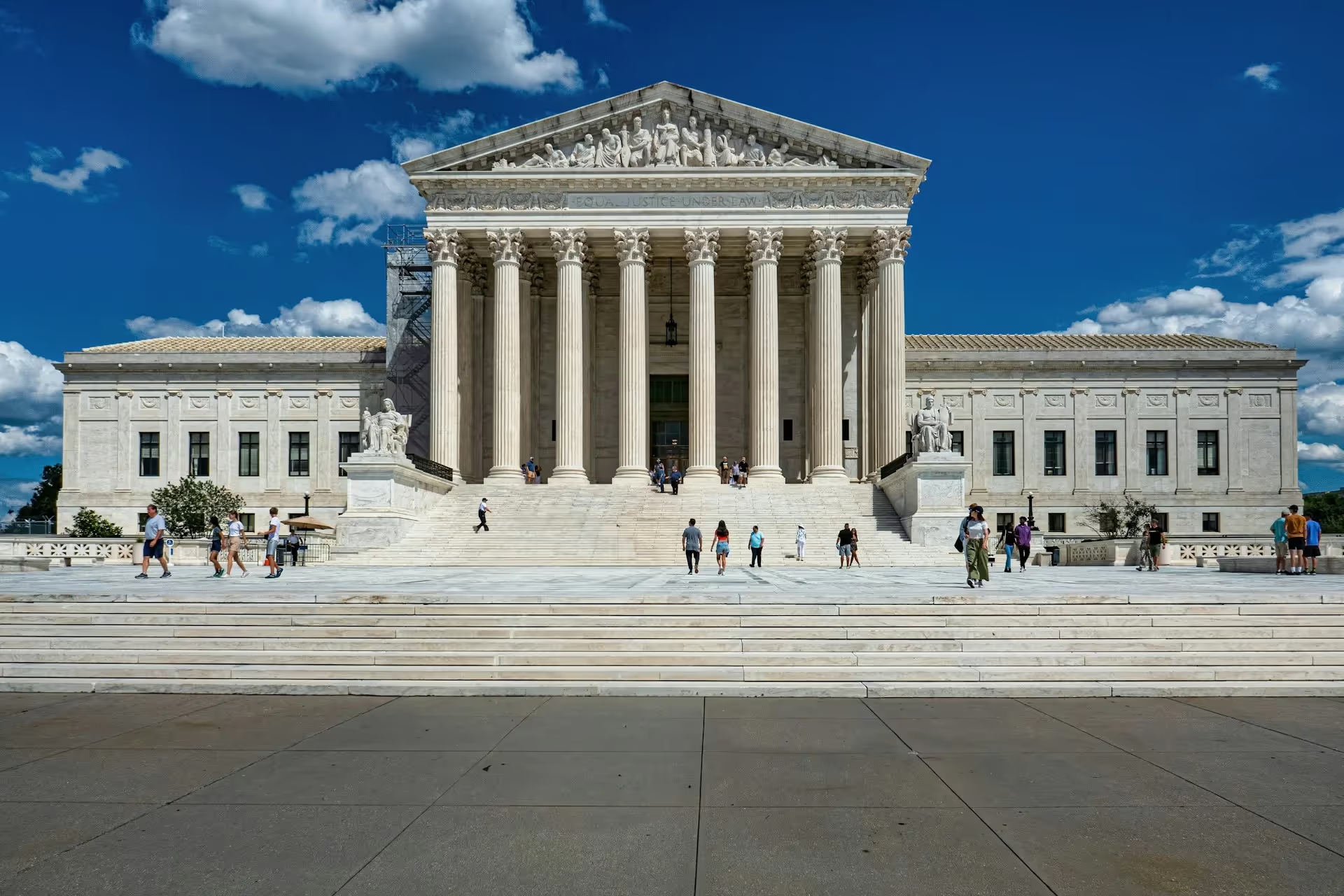
Amicus Brief: Hon. William P. Barr and Hon. Michael B. Mukasey in Support of Petitioners
Former AGs Barr and Mukasey Cite Civitas in a SCOTUS Brief
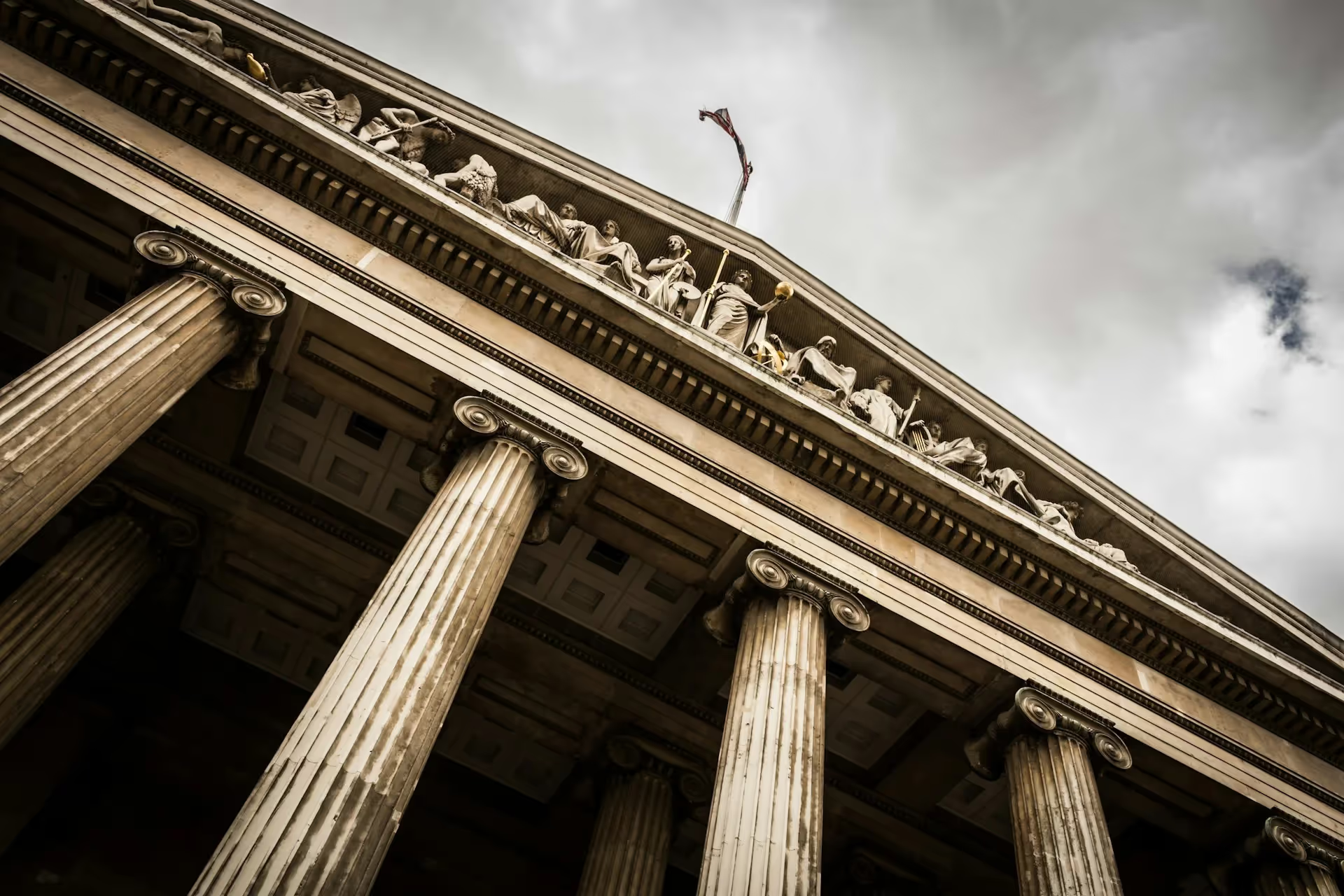
Rational Judicial Review: Constitutions as Power-sharing Agreements, Secession, and the Problem of Dred Scott
Judicial review and originalism serve as valuable commitment mechanisms to enforce future compliance with a political bargain.
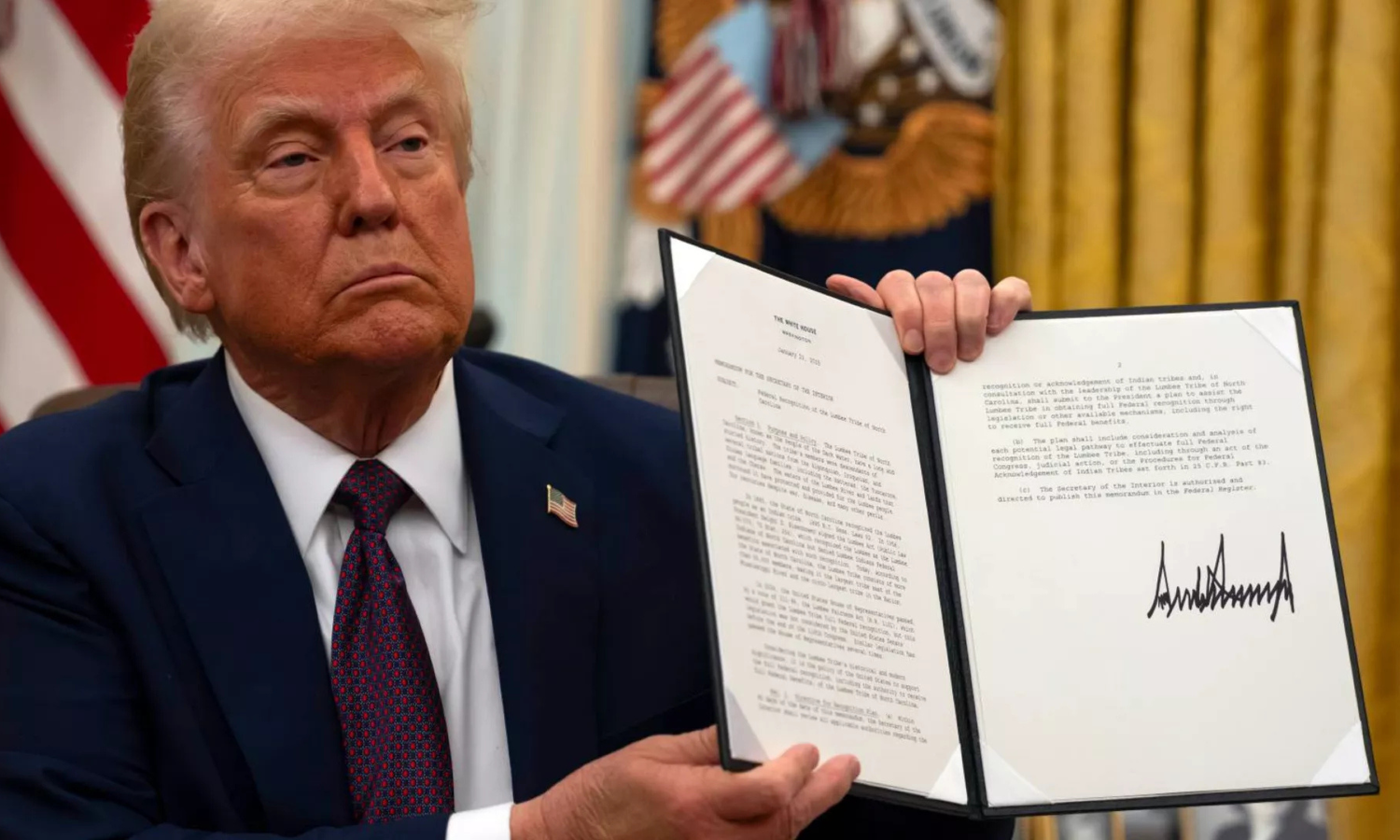
Supreme Court showdown exposes shaky case against birthright citizenship
Supreme Court will hear challenges to Trump's order ending birthright citizenship, testing the 14th Amendment's guarantee for babies born in America.

Just Follow the Law
By definition, no one can lawfully disobey the law. The problem, though, is that it can be difficult to know what the law requires, even for legal experts.

Obamacare Should No Longer be SCOTUScare
Whatever one makes of the Supreme Court’s “why bother” attitude to its prior statutory rulings, Republican leaders in Congress should accept the invitation to provide a legal fix to Obamacare.
.avif)

.avif)


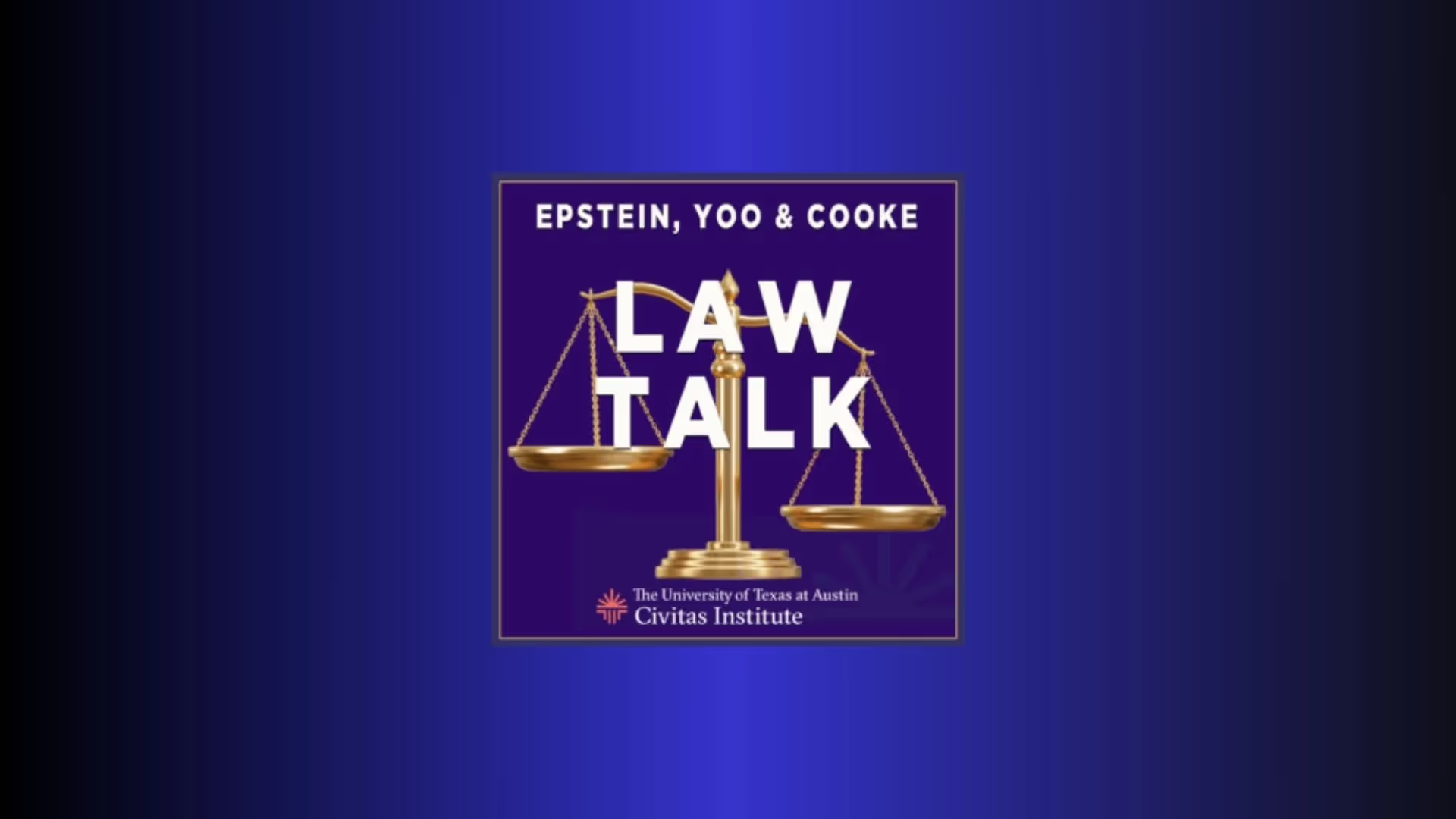
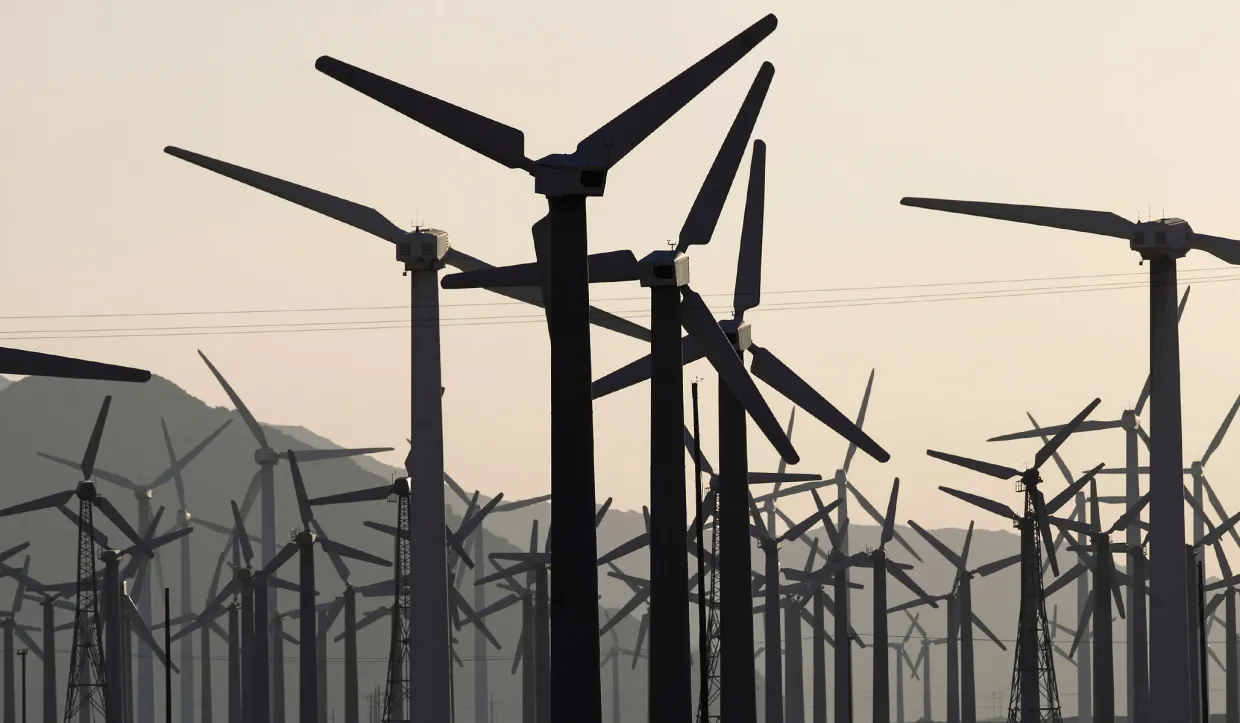



.avif)
.avif)
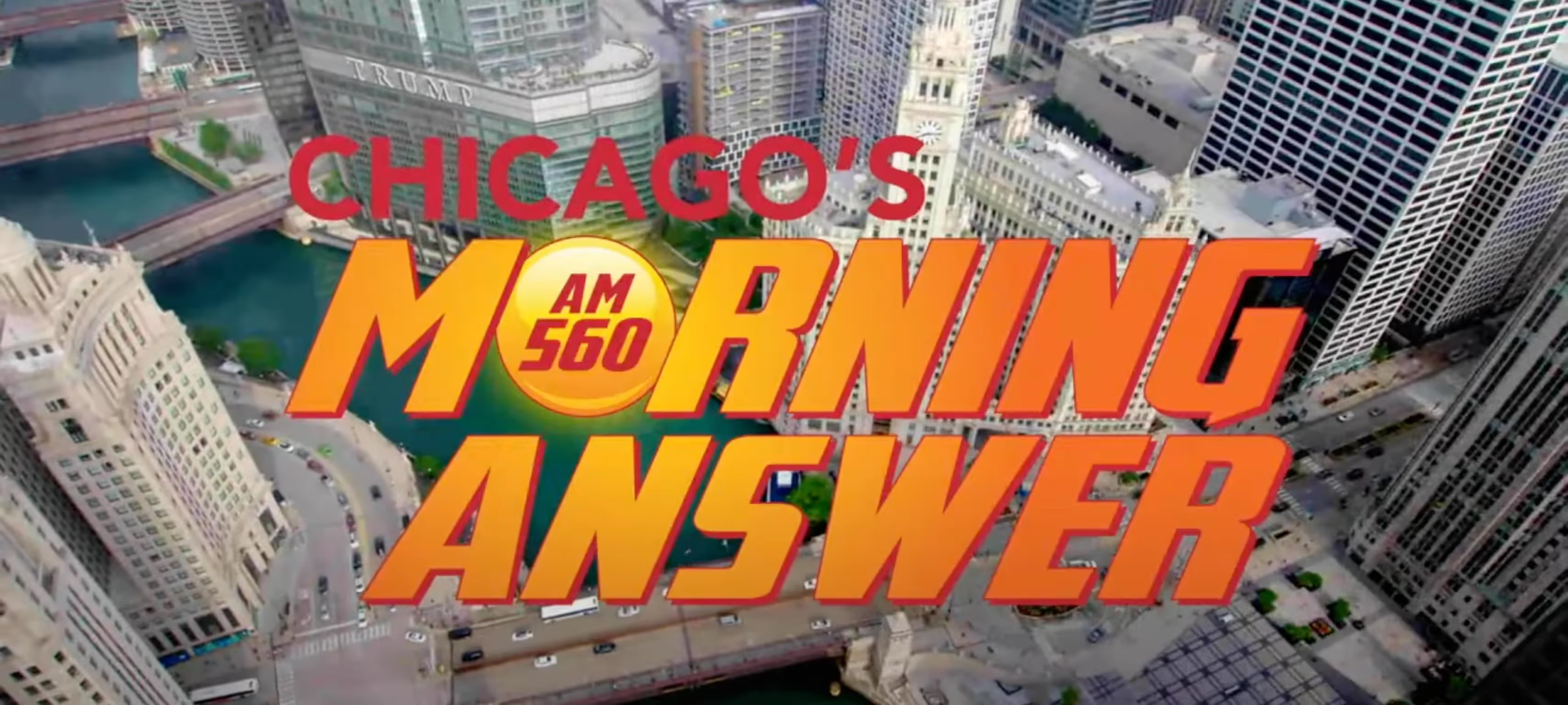
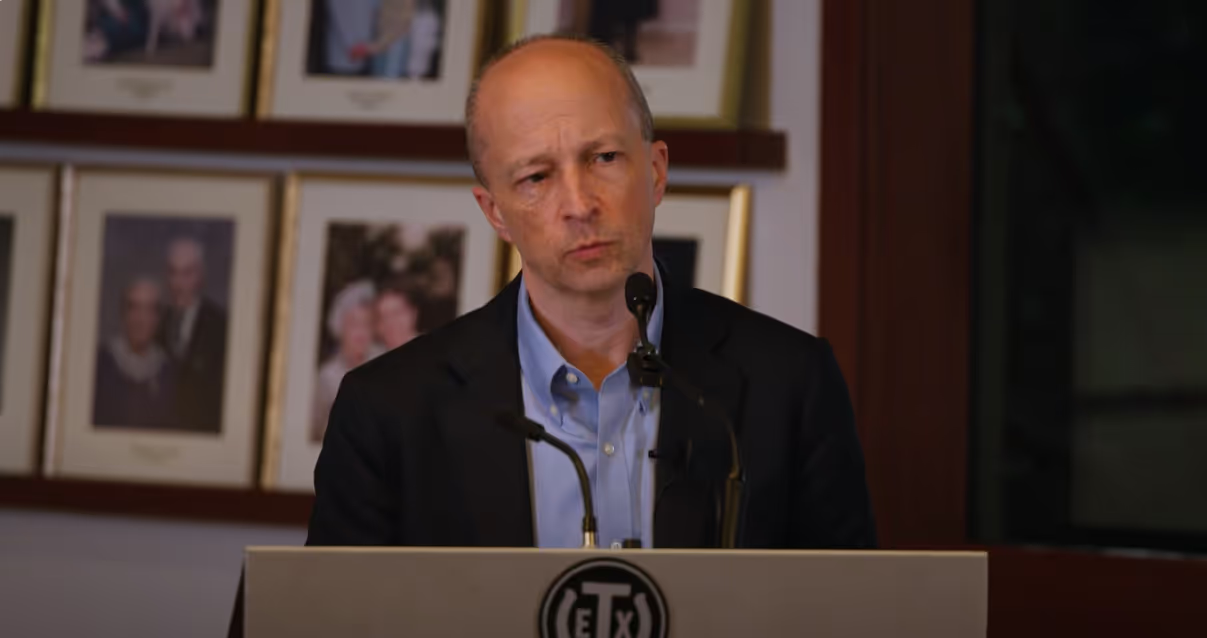
.webp)


